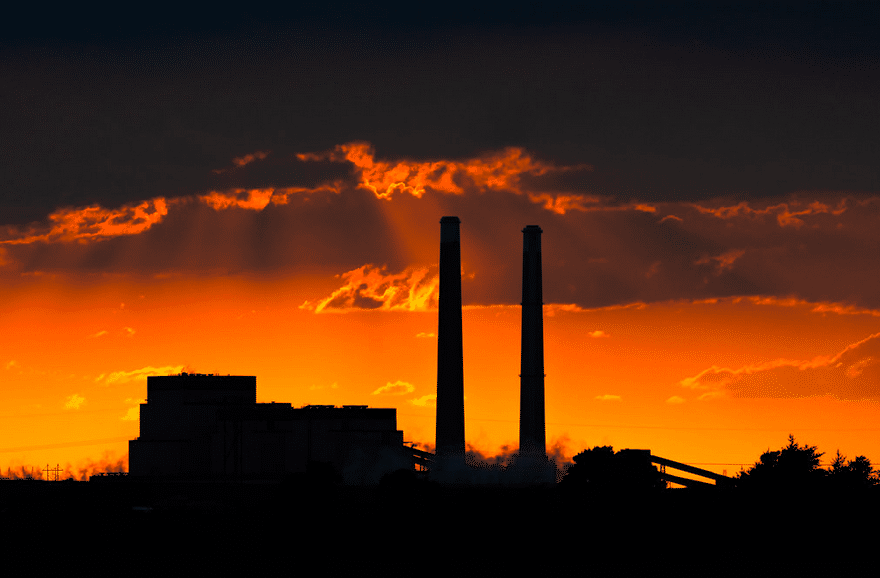The demise of coal is now a global phenomenon that — rather like Covid-19 — is no respecter of borders or governments, with both China and the United States grappling with the social and economic impacts of overcapacity.
In other words, baseload power just isn’t what it used to be, and too many coal plants around the world are sitting idle and unprofitable too much of the time. In China, the issue has surfaced in a recent government policy statement calling for the elimination of outdated coal-fired plants and stricter controls on new capacity.
Meanwhile, in the U.S., President Donald Trump’s efforts to revive the coal industry have not slowed the snowballing pace of plant closures, now running at a higher rate than during the eight years of the Obama administration. According to figures from the Energy Information Administration (EIA), reported in E&E News, 15 GW and 33 GW were retired during Obama’s first and second terms, respectively, versus 37 GW since Trump took office in 2017. Another 3.7 GW of capacity are projected to close in the next six months.
What is significant here is that two so diametrically opposed economies and governments should be, to different degrees, frustrated in their efforts to prop up coal.
While China leads the world in solar capacity, its continuing reliance on coal and on the construction of new coal-fired plants to drive economic growth has also made it the world’s largest emitter of greenhouse gases. Coal accounted for 57.7% of the country’s energy consumption in 2019.
Capacity up, utilization down
But, according to a recent analysis published on the Carbon Brief website, as capacity has increased, utilization has gone down, with many Chinese coal companies running at a loss, and plants typically operating at 50% capacity.
Reflecting a shift in government priorities — from economic growth to “energy security” — the policy statement puts a hold on previously green-lighted projects, limiting new construction to facilities providing emergency back-up and peak power demand, rather than baseload. The actual impact of the statement is uncertain, however, with some China watchers seeing it as part of an internal debate on coal policy as the country prepares its next five-year economic development plan, to be finalized in early in 2021. The need to stimulate the economy as it recovers from the Covid-19 pandemic could be another complicating factor.
Creating a virtuous cycle of change
The story in the U.S. is more familiar and more certain, with the EIA reporting coal-fired generation at its lowest point since 1976, undercut primarily by cheap natural gas and wind. Even with ongoing plant closures, utilization rates also fell to 48%, and for the first time, Americans consumed more renewable power, including hydroelectric, than coal-fired generation.
Struggling to remain relevant and viable, the coal industry is looking for new uses, with funding from the Department of Energy focused on designing low-emission plants and the development of carbon products, such as graphite and building materials.
But, the demise of coal in the U.S. power sector underlines the critical interplay of policy, economics and customer demand in creating a virtuous cycle of change. Customer demand and concern over climate change have propelled a growing number of cities, states and corporations — including electric utilities — to commit to varying deadlines for running on carbon-free power. These initiatives, in turn, are pushing down prices while increasing capacity — making 100% clean energy targets viable on ever-shortening time frames.
For example, the Platte River Power Authority, a public power utility in Colorado, is the latest to announce the early retirement of its last coal-fired plant — in 2030, 16 years ahead of schedule — while continuing to add wind, solar and storage to its power mix. The utility’s target for carbon-free power is also 2030.
The renewable energy industry in the U.S. has been lobbying hard to place clean power development as a central part of the country’s post-Covid economic recovery. The opportunity, and challenge, for the solar industry is the need to scale, exponentially and fast. Again, figures from the EIA show that the 86 GW of capacity lost to coal plant closures since 2000 have mostly been offset by natural gas and wind. Despite its ongoing growth, new solar has filled less than half the shortfall — 37 GW.
The emergence and rapid growth of solar plus storage — in the form of microgrids, virtual power plants and other load-management applications — have removed the last argument for the ongoing need for coal and other fossil fuel generation — that is, solar’s intermittency. At the same time, some researchers have suggested that solar overcapacity will be an integral component of the distributed, carbon-free grid of the future.
This content is protected by copyright and may not be reused. If you want to cooperate with us and would like to reuse some of our content, please contact: editors@pv-magazine.com.








I have a spreadsheet for coal usage. Like the article says coal plant usage (Capacity Factor) was at 48% (actually 47.5%) in 2019. So far this year it has been running way below that:
Jan: 39.1%
Feb: 36.4%
Mar: 30.9%
Apr: 24.7%*
May: 27.5%*
June: 39.7%*
April, May and June are my estimates. Other numbers are from EIA.
Last year these were:
Jan: 56.5%
Feb: 50.4%
Mar: 45.0%
Apr: 35.9%
May: 41.7%
June: 47.0%
This year since electricity demand is down so much wind and solar have picked up a bigger share. NG based electricity has actually dropped each of the last 3 months.
Let’s not forget how many negawatts were caused by CFL, LED lights and building codes passed in the 80s, 90s are finally having large enough numbers to make a difference has hurt coal too.